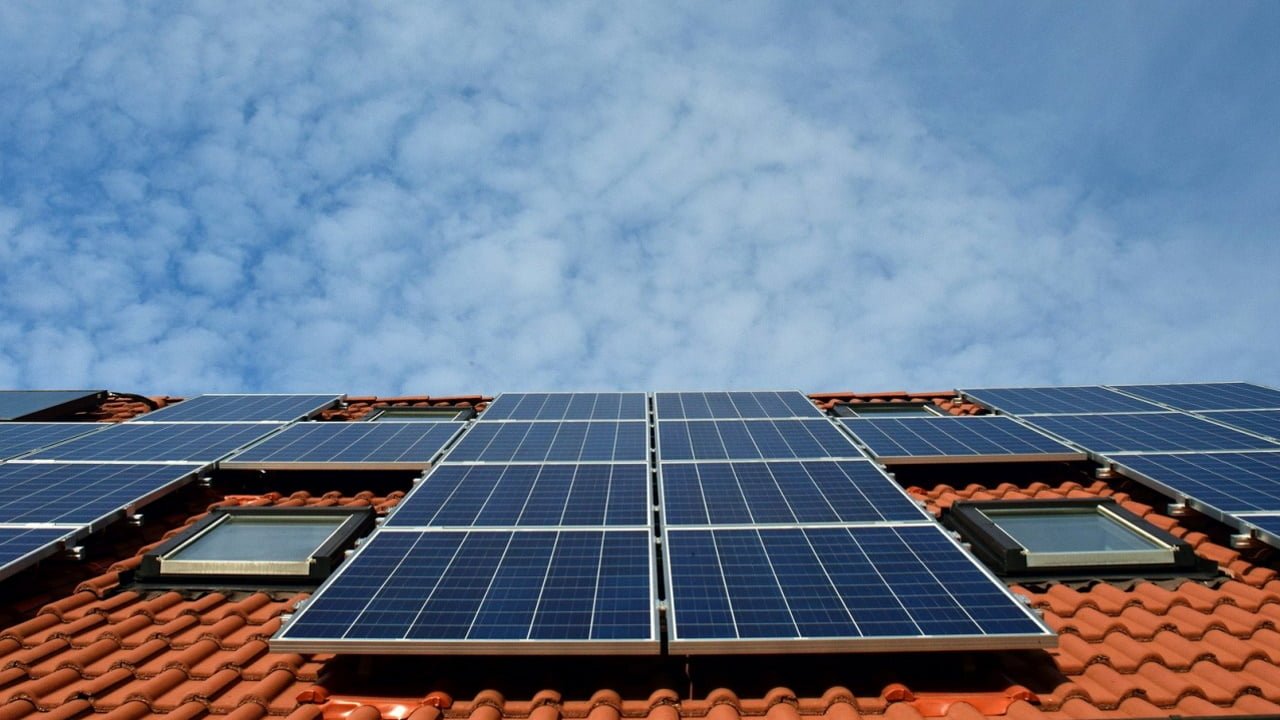One of the key features of last week’s cabinet reshuffle was the appointment of Alok Sharma as the new Secretary of State for Business, Energy and Industrial Strategy with responsibility for COP 26, the climate change conference which begins in Glasgow on 9 November 2020.
COP 26 is the ideal opportunity for the UK Government to showcase to the world what measures it is taking to meet its net zero emissions target by 2050, in order to persuade other countries to do likewise.
The Committee on Climate Change, who advise the Government on how to achieve their carbon emission targets, published a report entitled ‘UK housing: Fit for the future?’ in February 2019. It explains that “The quality, design and use of homes across the UK must be improved now to address the challenge of climate change”. Furthermore, the 29 million existing homes across the UK must be made low carbon and that new homes must be “low carbon, energy and water efficient and climate resilient”.
Whilst there is limited technical advice about how to implement these robust sustainable measures, it is clear that net-zero emissions will require Housing Associations to adopt strategies to almost eliminate energy use in their existing stock and new builds.
Stock upgrade programmes are nothing new to Housing Associations, whose charitable and placemaking objectives routinely sees them undertaking large scale estate regeneration projects with the aim of giving their tenants better quality housing, reducing fuel poverty and creating safe communities. Decent home standard works means that much work and investment in eliminating less energy-efficient heat sources has already been undertaken.
Developing is in the ‘DNA’ of many housing associations who completed 45,604 new homes in 2018/19. Whilst the number of units delivered is known, it is less clear to what extent these new buildings are sustainable and compatible with the legally binding zero emissions targets.
The government is currently considering feedback on the consultation to the ‘Future Homes Standard’ which Robert Jenrick, the former Housing Minister, described as an environmental revolution in home building. If implemented the Future Homes Standard will, through changes to Part L of Building Regulations, require new homes energy use to be entirely electrical and constructed from fabrics which eliminate heat loss.
Whilst new guidance on how to implement net-zero emissions is on the horizon, how do Housing Associations know how to budget for and plan to deliver resilient homes today?
Stock condition surveys
Stock condition surveys are used by Housing Associations for managing their assets and for assessing and planning their repair and maintenance programmes.
Maintaining good stock management data is crucial to identify poor performing stock, understand what measures are required to improve existing homes and where to thermally upgrade.
The Regulator of Social Housing’s sector Risk Profile 2019 stressed the need for Housing Associations to ensure that as part of their strategic approach to asset management, they should “understand the overall condition of their stock, including areas where additional investment is required”. Whilst the Regulator’s focus on stock condition surveys reflects the principal concern on health and safety standards, it is clear that they expect the findings to be used as the foundation for business plans and asset management strategies, and will be testing these as part of their governance reviews.
Set your own standards
Housing Associations have become increasingly sophisticated developers but section 106 and package deals, where another party has responsibility for planning and design, continue to play a significant part of their development programmes.
Building regulations will undoubtedly provide a framework for the electrification of energy supply for new homes. However, in order to deliver sustainable outcomes and long term stock resilience, Housing Associations will need to set their own requirements and ensure that these are integrated into housing design.
As detailed in the ‘Fit for the future’ report, net zero carbon homes need:
- Heating to be delivered through heat pumps in the form of warm air or low-temperature water that are off the gas grid
- Ultra-high levels of fabric efficiency
- Improved water efficiency measures
- Smart appliances
- Sustainable transport including electric recharging points for electric cars
These features are standard components in passive house designs. Whilst the cost of houses built to passive standards is approximately 8-10% more than standard construction, the return is significantly reduced or zero energy bills.
Housing Associations need to consider whether to embrace passive standards now and to integrate them into their development budgets, strategies and employers’ requirements.
Collaborate and prepare
The cost of retrofitting and delivering passive house standards in new builds will be significant. This will include costs for heating system, window and building fabric replacement but also resident engagement, decanting as well as bringing in specific technical expertise. This comes at the same time as many Housing Associations are grappling with the cost implication of building and fire safety works.
Our first article in this series ‘Net-zero and retrofitting – procurement challenges for Housing Associations’ stressed the need to procure smartly and work in collaboration with other Housing Associations and Local Authorities.
It is likely that Boards will be expected to take strategic decisions as to how their organisation approaches decarbonisation. Therefore it may be a good time to plan for Board development time to ensure that all Board members are fully up to speed on the background and significance of climate change as well as the decarbonisation options and challenges.
This article is part of our Decarbonisation Series and was written by Hannah Langford, partner in our Real Estates & Projects team. For further information on retro-fitting and how Housing Associations can plan to make their homes fit for the future, get in touch.
